Modern classrooms are innovating frequently in new ways, yet capturing and maintaining student attention remains one of education’s most persistent challenges. Teachers today navigate a landscape where traditional methods compete with digital distractions, shortened attention spans, and diverse learning needs. The solution lies not in abandoning proven techniques but in expanding our toolkit with innovative student engagement strategies that help make each student an active participant.
Top Strategies for Increasing Student Engagement
The following sixteen strategies represent a comprehensive toolkit for teachers looking to transform passive classrooms into dynamic learning environments where every student can thrive. By implementing these strategies thoughtfully and consistently, educators can create the conditions where genuine learning flourishes, curiosity is cultivated, students become critical thinkers, and collaboration leads to real growth.
1. Gamification for Motivated Learning
Change your classroom into an adventure zone where learning becomes a quest worth pursuing. Gamification taps into students’ natural competitive instincts, reimagining mundane assignments as exciting challenges complete with points, badges, and leaderboards. When algebra problems become treasure hunts or history lessons evolve into role-playing scenarios, students forget they’re "studying" and remember what they’re exploring.
The magic happens when achievement becomes tangible. Digital badges for mastering concepts, team points for collaborative problem-solving, or class-wide challenges that unlock special privileges create momentum that keeps students through difficult concepts with enthusiasm intact.
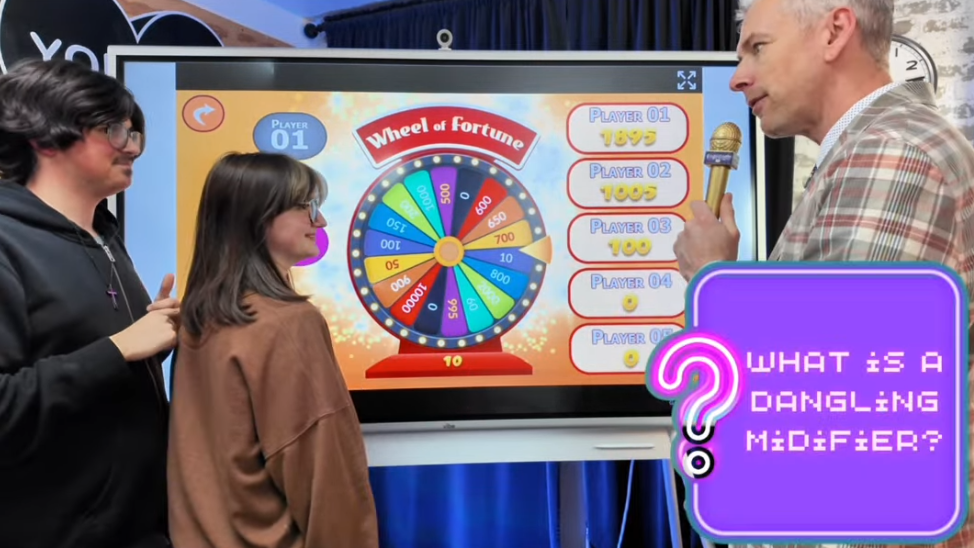 Teacher facilitating a Wheel of Fortune game with engaged students in classroom, demonstrating gamification techniques in education.
Teacher facilitating a Wheel of Fortune game with engaged students in classroom, demonstrating gamification techniques in education.2. Thoughtful Questioning Techniques
Questions are the skeleton keys of education—they unlock curiosity, reveal understanding, and expose misconceptions before they calcify into permanent confusion. But not all questions are created equal. Surface-level inquiries that demand simple recall barely scratch the cognitive surface, while thoughtful, open-ended questions dive deep into analysis, synthesis, and evaluation.
Consider the difference between "What year did World War II end?" and "What key decisions were made that helped lead to the end of World War II?" The first requires memorization; the second demands critical thinking, perspective-taking, and creative reasoning. These are skills that extend far beyond any single subject.
3. Inquiry-Based Student Exploration
Hand students the keys to their own learning journey. Inquiry exploration flips the traditional teacher-as-information-dispenser model, positioning educators as guides while students become learning detectives, scientists, and scholars. This approach acknowledges a fundamental truth: humans learn best when they discover answers through their own personal investigations.
Whether students are designing experiments to test hypotheses, researching solutions to community problems, or exploring patterns through hands-on manipulation, inquiry-based learning creates ownership. When students feel ownership over their learning and pursue their own answers, engagement becomes inevitable because the learning belongs to them.
4. Real-World Lesson Connections
Bridge the gap between classroom theory and lived experience by weaving real-world applications throughout your curriculum. Students who struggle to see relevance in abstract concepts suddenly perk up when those same principles appear in contexts they recognize and care about.
Mathematics will come alive when calculating recipe adjustments for cooking a student’s favorite recipe. The scientific method gains urgency when investigating local environmental issues. Literature analysis deepens when students examine how storytelling techniques appear in their favorite movies, songs, and media content. These connections answer the eternal student question: "When will I ever use this?"
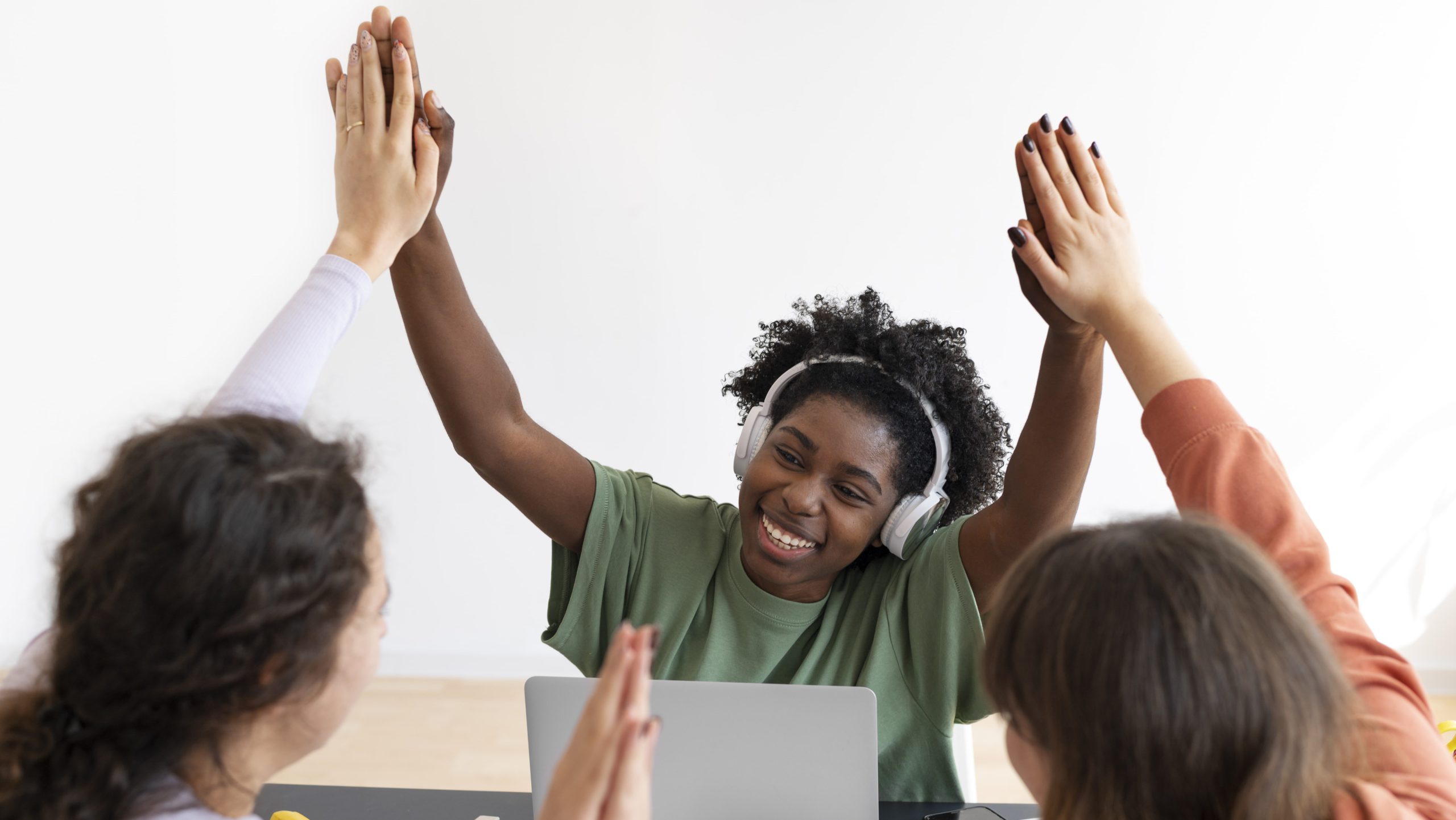
5. Interest-Based Lesson Personalization
Every student arrives with a unique constellation of interests, experiences, and passions. Effective student engagement strategies acknowledge this diversity by creating multiple pathways to the same learning objectives. When a sports-obsessed student can explore statistics through baseball analytics, or an art-loving learner can demonstrate scientific concepts through visual projects, student engagement and involvement skyrocket.
This doesn’t mean creating thirty different lesson plans every day–it means designing flexible frameworks that allow students to pursue common goals through personally meaningful approaches. Choice boards, project menus, and differentiated assignments provide structure while honoring individual interests.
6. Collaborative Group Work Structures
Most students are inherently social creatures, yet traditional classrooms often isolate them into individual bubbles of silent work. Collaborative structures harness social energy for educational purposes, creating environments where peer interaction becomes a learning catalyst rather than a distraction.
Effective group work requires intentional design: clear roles, shared accountability, and structured interaction protocols. When students know they’re responsible not just for their own learning but for their teammates’ success, engagement deepens and social skills flourish alongside academic growth.
7. Student Presentations and Peer Teaching
The primary goal of student engagement is to change students from passive absorbers into active learners, and teaching opportunities are a strong catalyst. When learners know they’ll be presenting information to their peers, their approach to studying fundamentally shifts.
They need a deep understanding beyond memorization to teach, which requires deeper understanding, clearer organization, and more confident communication. This approach leverages the Feynman Technique, which encourages learners to master a concept by teaching it in simple terms—an effective way to uncover gaps in understanding.
Peer teaching benefits both the presenter and the audience. Presenters solidify their understanding while developing public speaking skills, while audience members often connect more readily with explanations from fellow students than from adult instructors.
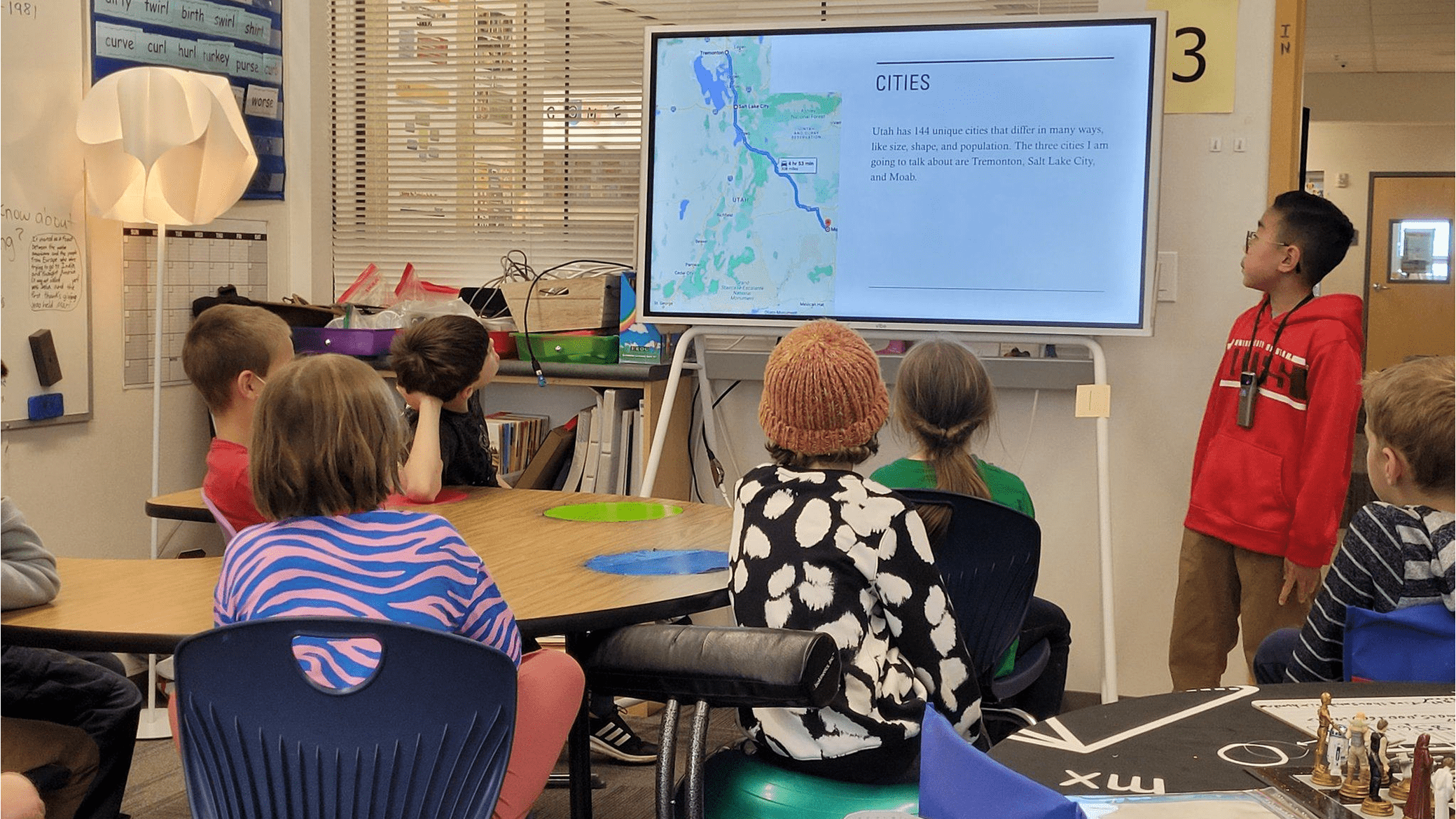 Confident student presenting project to classmates using smart whiteboard.
Confident student presenting project to classmates using smart whiteboard.8. Choice in Learning Activities
Autonomy fuels engagement. When students have voice and choice in their learning process, ownership increases dramatically. This doesn’t mean chaos or lack of curriculum, it means structured options that allow students to demonstrate mastery through their preferred modalities.
Some students excel at written expression, others through visual creation, and still others through oral presentation or hands-on construction. Providing multiple pathways to demonstrate understanding ensures that every student can showcase their strengths while still meeting rigorous academic standards.
9. Scaffolded Step-by-Step Assignments
Complex or lengthy projects can overwhelm even motivated students, but breaking them into manageable chunks with clear milestones creates a clear pathway to success. Scaffolding provides the support structure that allows students to tackle ambitious goals without drowning in complexity.
Think of scaffolding as educational training wheels, temporary supports that build confidence and skill until students can navigate more complex projects or assignments independently. Clear rubrics, checkpoint conferences, and peer feedback sessions create multiple opportunities for course correction before final submission.
10. Kinesthetic or Movement Learning
Bodies need to move, especially young bodies confined to desks for hours. Kinesthetic learning strategies acknowledge this biological reality by incorporating movement into academic activities. Gallery walks, human timelines, gesture-based vocabulary practice, and standing discussions energize both body and mind.
Movement doesn’t just wake up sleepy students—it actually enhances memory formation and retrieval. When learning involves multiple sensory channels, retention improves dramatically compared to purely sedentary instruction.
11. Regular Brain Break Scheduling
In the classroom attention is finite, and pretending otherwise serves no one. Strategic brain breaks acknowledge cognitive limitations while providing opportunities for mental reset and social connection. These brief interludes aren’t time stolen from learning, they’re investments in sustained focus and improved retention rates.
Effective brain breaks might include mindfulness work exercises, physical movement, creative expression, or social interaction. The key is intentionality, choosing activities that refresh rather than overstimulate, preparing students to re-engage with renewed energy.
12. Adaptive Instructional Adjustments
Responsive teaching requires constant environmental scanning, reading the room, watching student expressions, noticing engagement levels, and adjusting accordingly. When a lesson isn’t landing, skilled educators pivot smoothly to alternative approaches rather than plowing ahead with ineffective strategies.
This adaptability might mean switching from a lecture to discussion, adding visual supports when verbal explanations fall flat, or incorporating more involved strategies when energy lags. Flexibility demonstrates respect for student needs while maintaining learning momentum. This same flexibility needs to be applied to the classroom type, whether in person, hybrid, or remote learning.
13. Varied Teaching Methods
Monotony kills engagement faster than difficult content. Students who tune out during lectures might light up during hands-on experiments. Visual learners who struggle with purely auditory instruction might excel when information appears in a multi-media format.
Variety isn’t just the spice of life, it’s a foundational aspect of inclusive education. By rotating through multiple instructional approaches, teachers ensure that every student encounters their optimal learning conditions regularly rather than occasionally.
14. Strong Teacher-Student Relationships
Behind every successfully engaged student stands an educator who believes in their potential. Relationships form the foundation upon which all other student engagement strategies rest. When students feel known, valued, and supported, they’re willing to take academic risks, persist through challenges, and invest effort in learning.
Building relationships requires intentional effort, they don’t just happen. Actions such as learning names quickly, showing interest in students’ lives outside school, celebrating growth and effort, and maintaining high expectations, coupled with warm support, build trust and engagement. Connections like these transform classrooms from institutional spaces into learning communities.
15. Constructive Feedback Systems
Feedback fuels growth—but only when it’s constructive, timely, specific, and actionable. Generic praise ("Good job!") or vague criticism ("Needs improvement") provides little guidance for student development. Effective feedback identifies specific strengths, pinpoints areas for growth, and suggests concrete next steps.
The most powerful feedback creates dialogue rather than monologue. When students can respond to teacher comments, ask clarifying questions, and engage in conversation about their learning, feedback becomes a collaborative tool for improvement rather than a one-way judgment.
16. Effective Use of EdTech
Educational technology doesn’t replace but amplifies good teaching—it doesn’t replace it. When integrated thoughtfully, educational technology can personalize learning, provide immediate feedback, enable creative expression, and connect classrooms to global resources. The key lies in purposeful selection and strategic implementation rather than technology for technology’s sake.
Interactive whiteboards, collaborative platforms, and multimedia creation tools can transform static lessons into dynamic experiences. But the magic happens when technology in the classroom serves clear educational goals rather than driving them.
Vibe Board S1: The All-In-One Student Engagement Hub
Implementing these diverse student engagement strategies becomes simple with the right technological platform. The Vibe Board S1 transforms any classroom into an interactive learning environment where all sixteen strategies can flourish naturally.
Gamified lessons can be displayed on the Vibe Boards’ vibrant 4K UHD 55-inch touchscreen, where students can manipulate virtual objects, collaborate on digital whiteboards, and present their discoveries with professional polish. Real-world connections come alive through internet access, virtual field trips, and multimedia integration, while inquiry-based exploration gets supercharged by instant access to research resources and creation tools.
The Vibe Board S1’s intuitive interface means less time wrestling with technology and more time focusing on what matters—student learning. Whether you’re facilitating collaborative group work, showcasing student presentations, or adapting instruction on the fly, this all-in-one solution provides the flexibility modern educators need to implement engaging, effective instruction.
Ready to revolutionize your classroom engagement? Discover how the Vibe Board S1 can transform your teaching and energize your students’ learning journey.
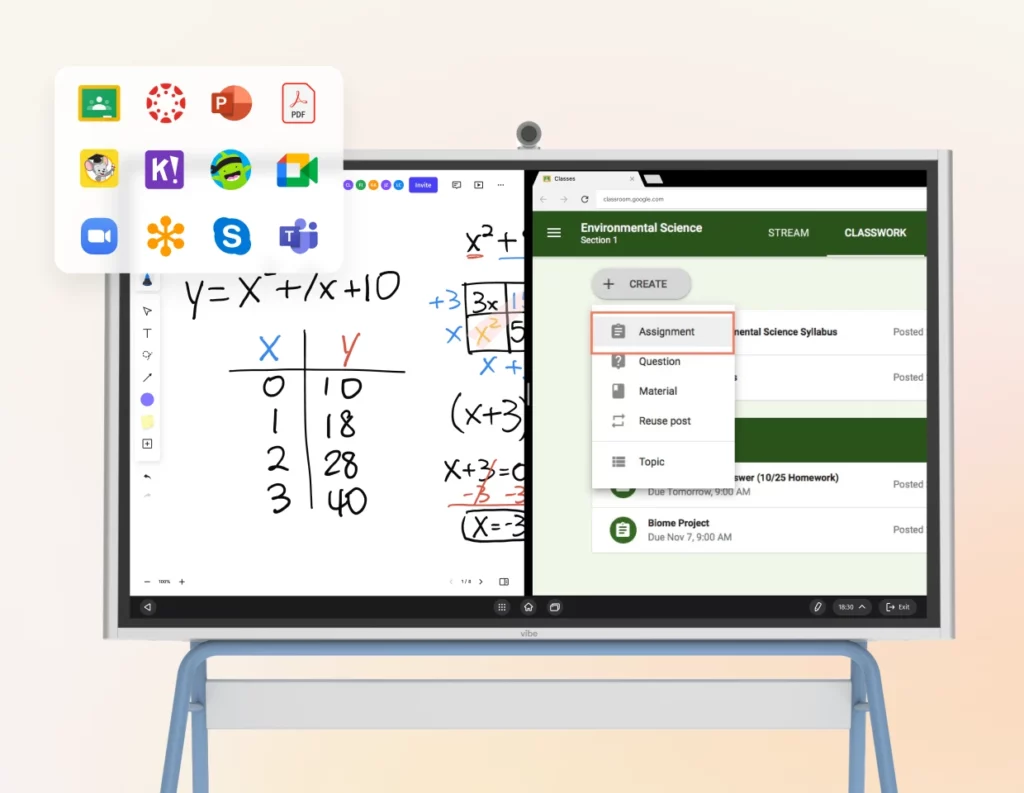 Image of Vibe Smart Whiteboard.
Image of Vibe Smart Whiteboard.



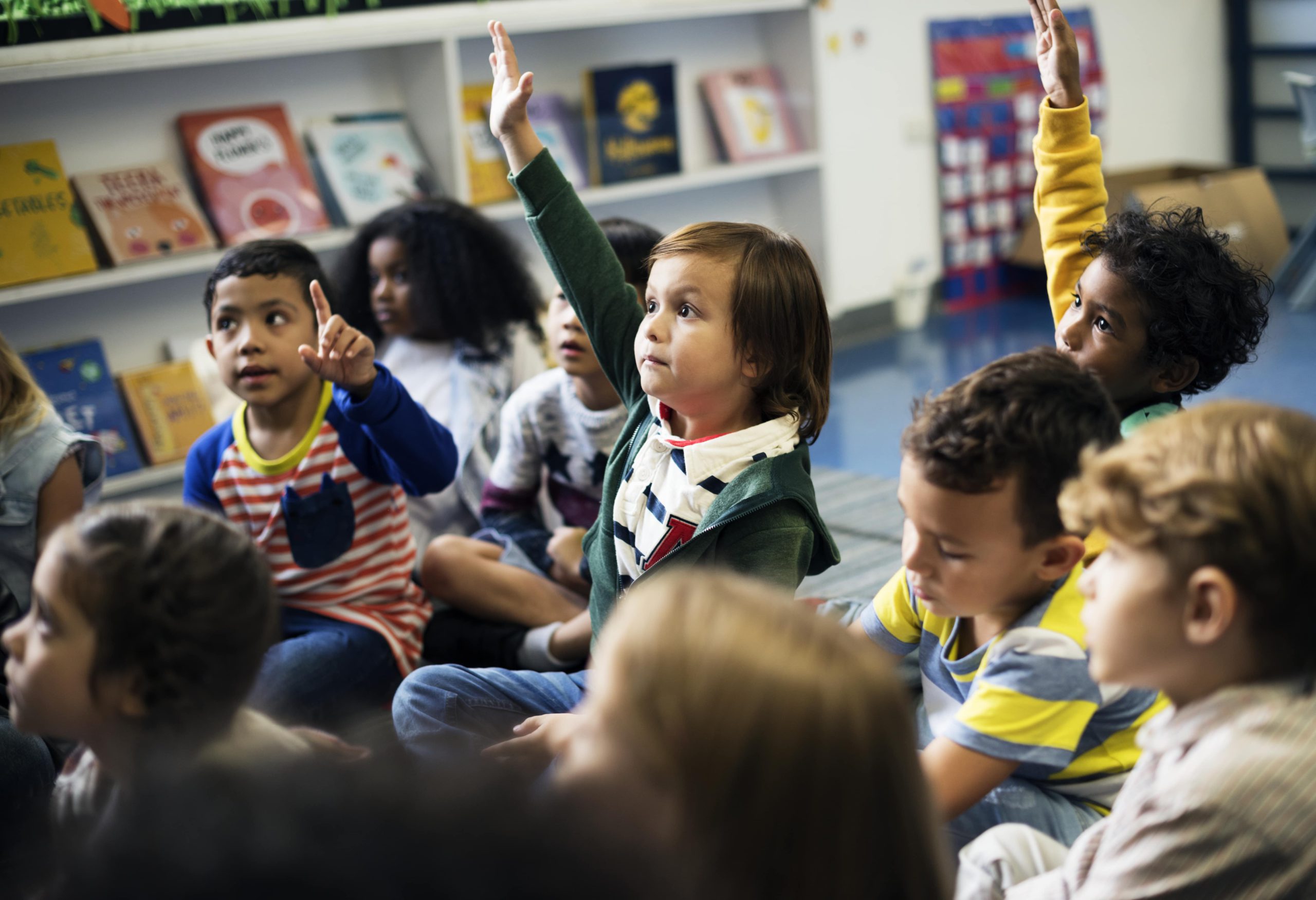
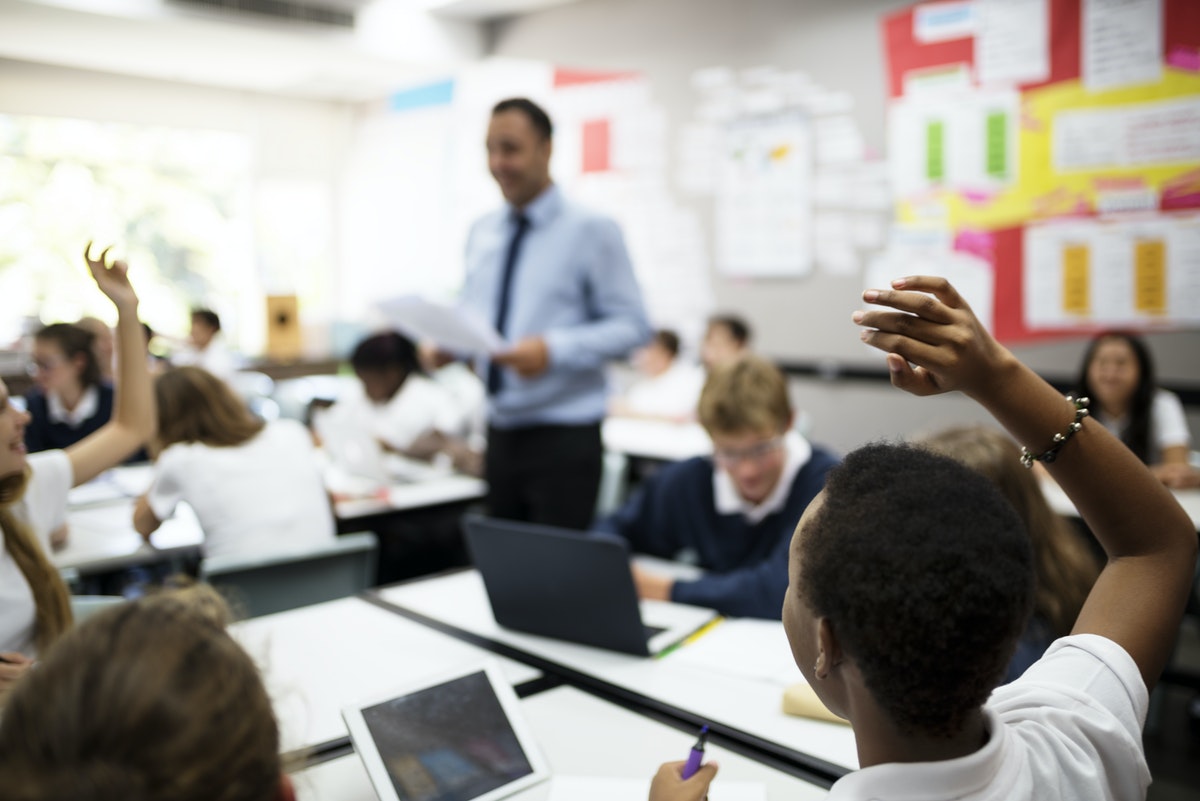
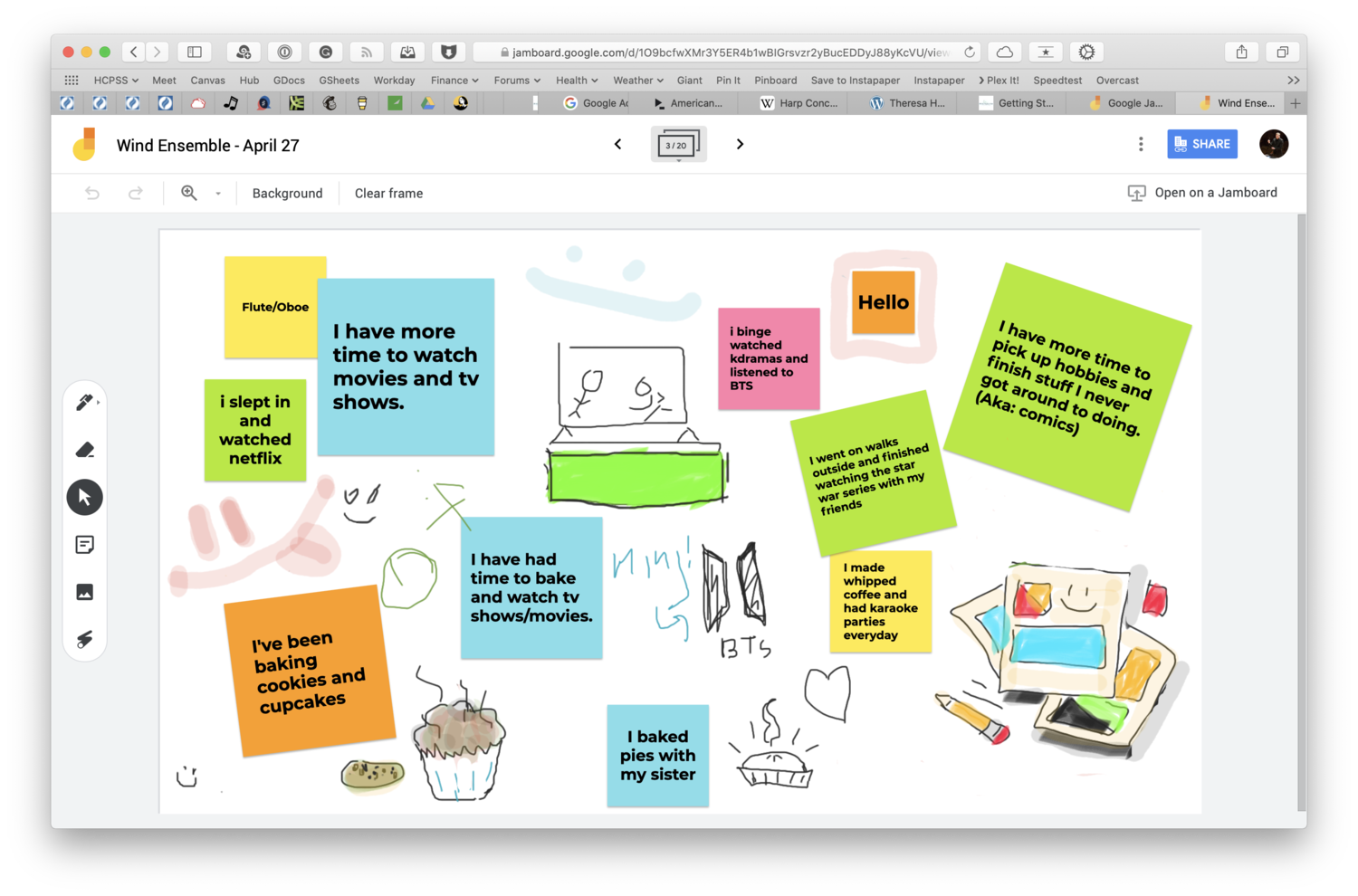

-1sbltxxq4FYxHrXrwJVLsCDNsXpqNa.webp)
-5Zp0pmSytvcuYDVs1LvuwplKuRneK0.webp)
